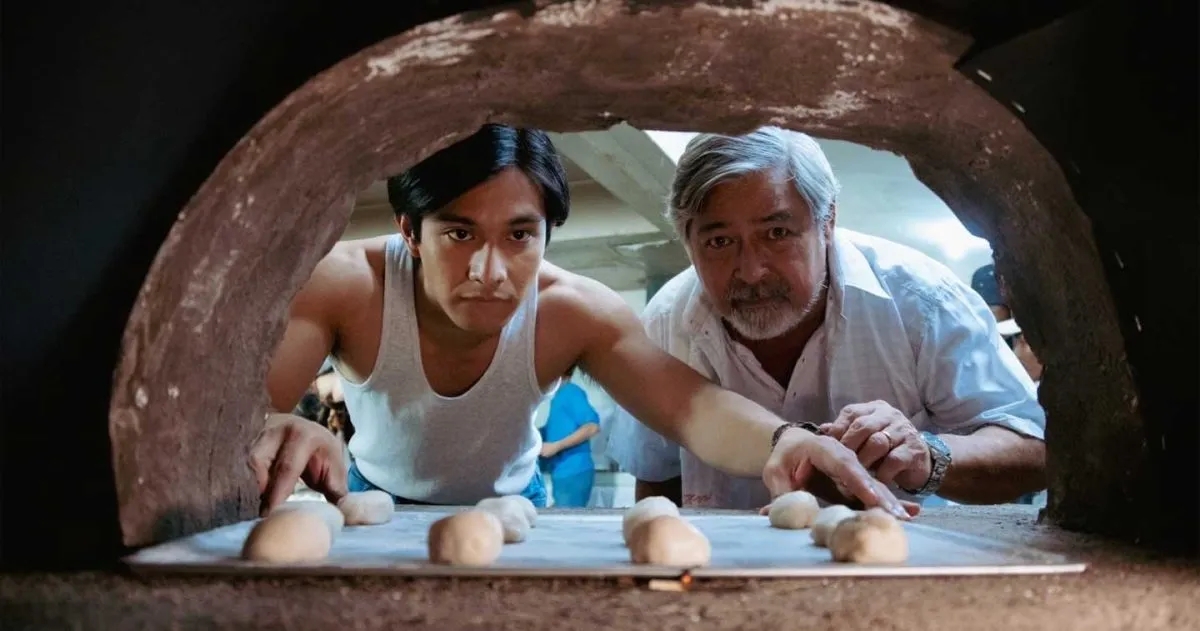Bunohan (Dain Said, 2011)
International Title: Bunohan: Return to Murder
The three estranged brothers that the film centers on find themselves reuniting after a scurry of events and circumstances. Adil (Zahiril Adzim) is a kickboxer who was spirited away by his friends from a fight-to-the-death duel that he was about to lose. Ilham (Faizal Hussein) is a professional assassin who has been hired to hunt down and kill Adil. Bakar (Pekin Ibrahim) is a schoolteacher from the city who returns to his hometown to convince his father to sell their land to the developers.
The conflict in Bunohan is one that seems purely worldly, one that seems to be more entrenched in the sordid affairs of a disjointed brood or a country’s hurried need to develop every inch of its far-flung regions. Said however raises the stake. He populates his film with lore, lingering ghosts of histories that take place in the land in dispute. In a way, it is not only a familial legacy in the shape of an inherited plot of land that is in risk of being dissipated in the name of progress. It is history. It is culture. It is the stories that only a land that is unburdened by the expensive promises of contagious capitalism can tell. As soon as million-dollar villas are constructed, and international tourists start sunbathing, and the land just becomes another one of those advertised destinations for the tired slaves of commercialism, the stories disappear, tragically replaced by lifeless accounting of numbers and profits.
The most indelible images from Bunohan are the ones where the characters are struggling to hold onto their threatened past. Ilham, suddenly aware of the changes in his hometown which he abandoned, takes a detour from his mission, digging for the bones of his mother which were transferred to another location to make way for the development. He distraughtly sits on ruins in the beach, broken structures that resemble his own fractured personality.
The father, headstrong despite Bakar’s persistent pleas for him to give up his land, is desperately attempting to complete the shadow puppets that were supposed to be inherited by his children. Adil has his face bloodied by blows he needs to take in his desire to escape a hometown that only reminds him of his own questionable identity. Said fills his film with visual cues that enunciate the conflicts that are shared by the land and the characters that are forced to dwell there momentarily.
Southeast Asia, a region that despite centuries’ worth of being under Western colonial masters has resisted cultural infiltration, is now falling under the influence of capitalism and global wealth. The region’s recent cinema has thoroughly reacted to the dramatic losses of culture and tradition, represented by lands being converted into agents of profit and modernity, people abandoning their roots, and other injustices. Chris Chong’s Karaoke (2009) similarly traces a man’s reunion with his hometown, now dotted with plantations that have effectively changed the town’s landscape. Auraeus Solito’s Busong (Palawan Fate, 2010) is a parable that laments for an island whose identity is being molested by landgrabbers and industry. Said’s Bunohan takes its place alongside many other films that echo a common apprehension towards the sacrifices various cultures have to take to satisfy the very familiar greed of man.








_p1%20(wm).jpg)




























No comments:
Post a Comment